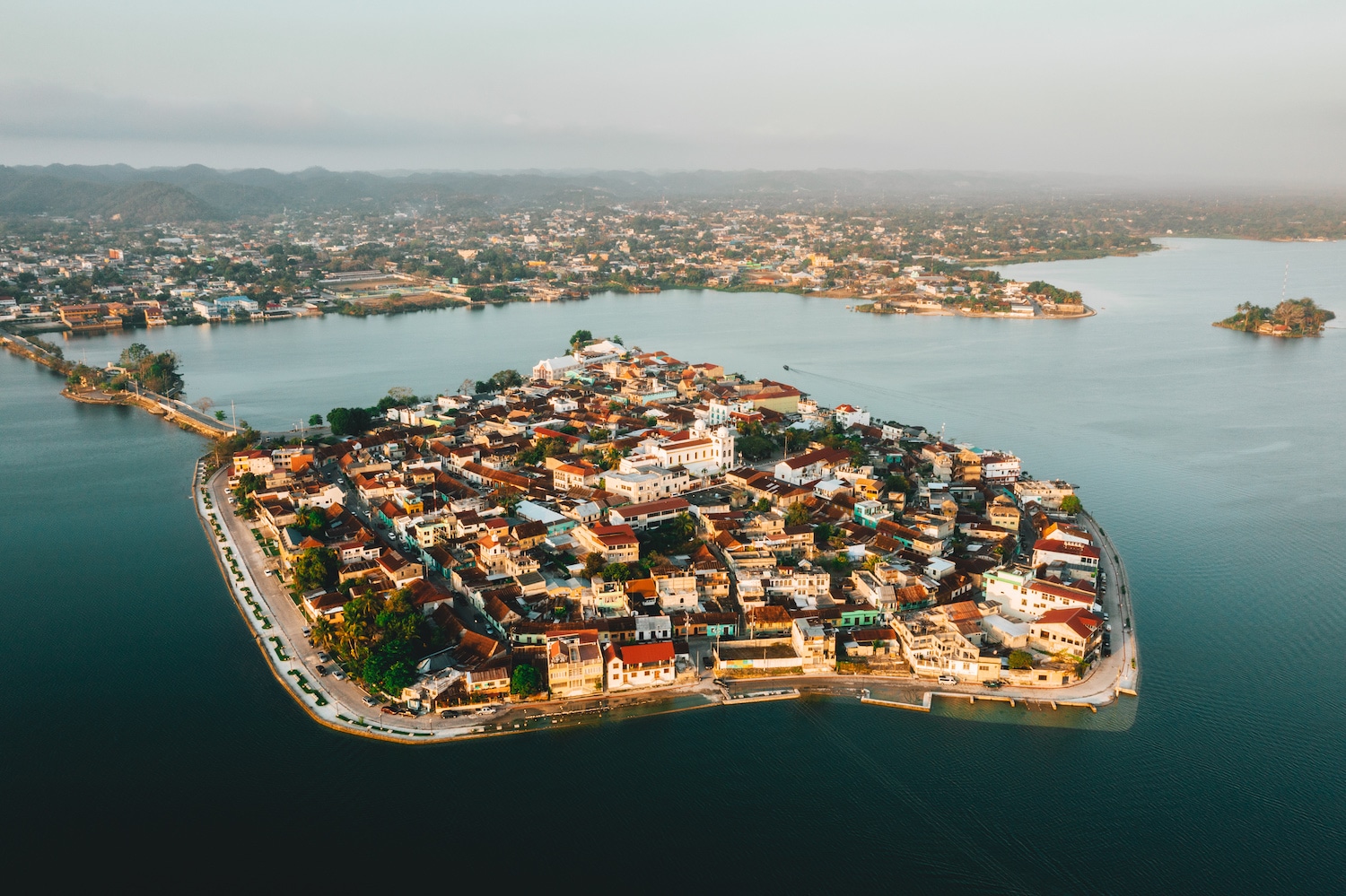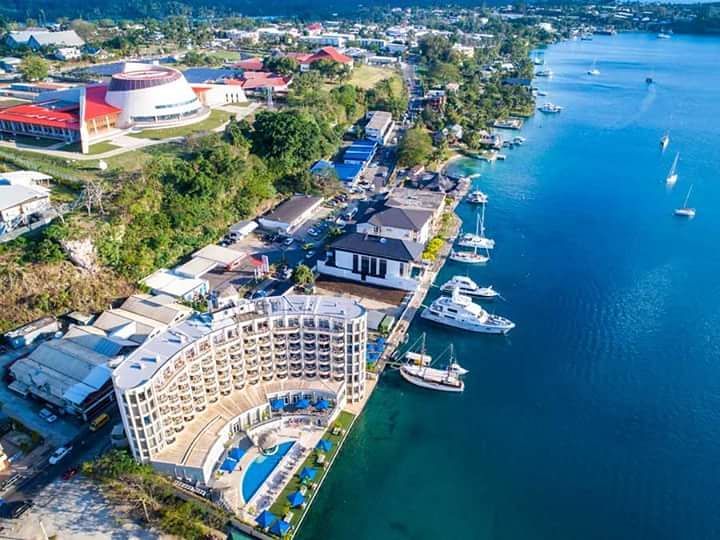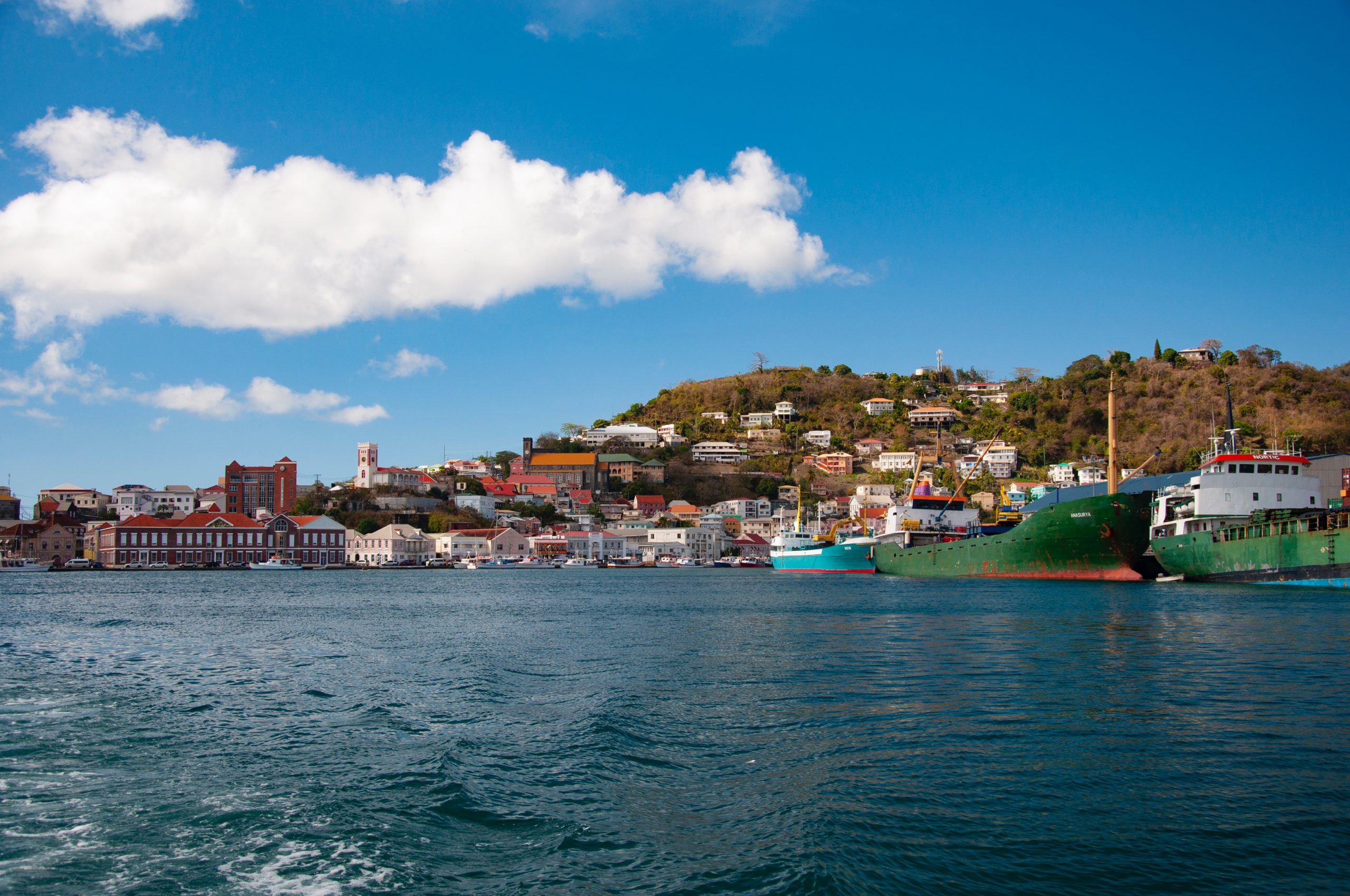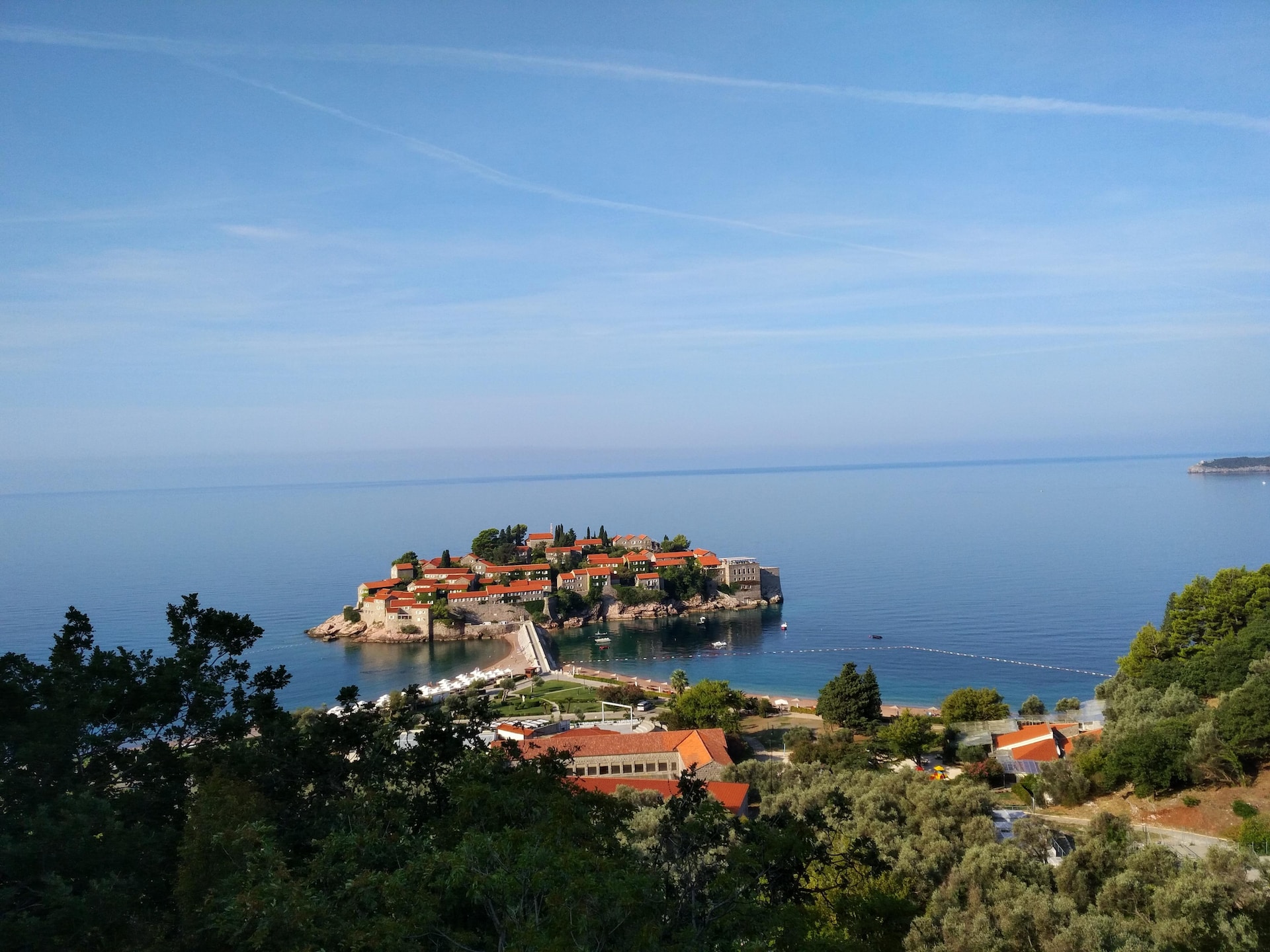Officially known as the Independent State of Samoa, the country is a Polynesian island nation consisting of two main islands, two smaller but inhabited islands, and other smaller, uninhabited islands. It is bordered by American Samoa in the west, Tonga and Fiji in the north, Wallis and Futuna in the east, and Tuvalu, Tokelau, and Hawaii in the south. The capital and largest city is Apia. According to history, the Lapita people found and settled on the Samoan Islands around 3,500 years ago. The official spoken language in the country is Samoan. The UN has classified Samoa as an economically developing country since 2014. In terms of its economy, the services sector accounts for 66 percent of its GDP, while industry and agriculture account for 23.6 percent and 10.4 percent respectively. Beginning a new venture in the tourism industry here may be an exciting and lucrative endeavor. To maintain a competitive edge in the industry, it is essential to have up-to-date knowledge of the most recent tourism trends and advances.
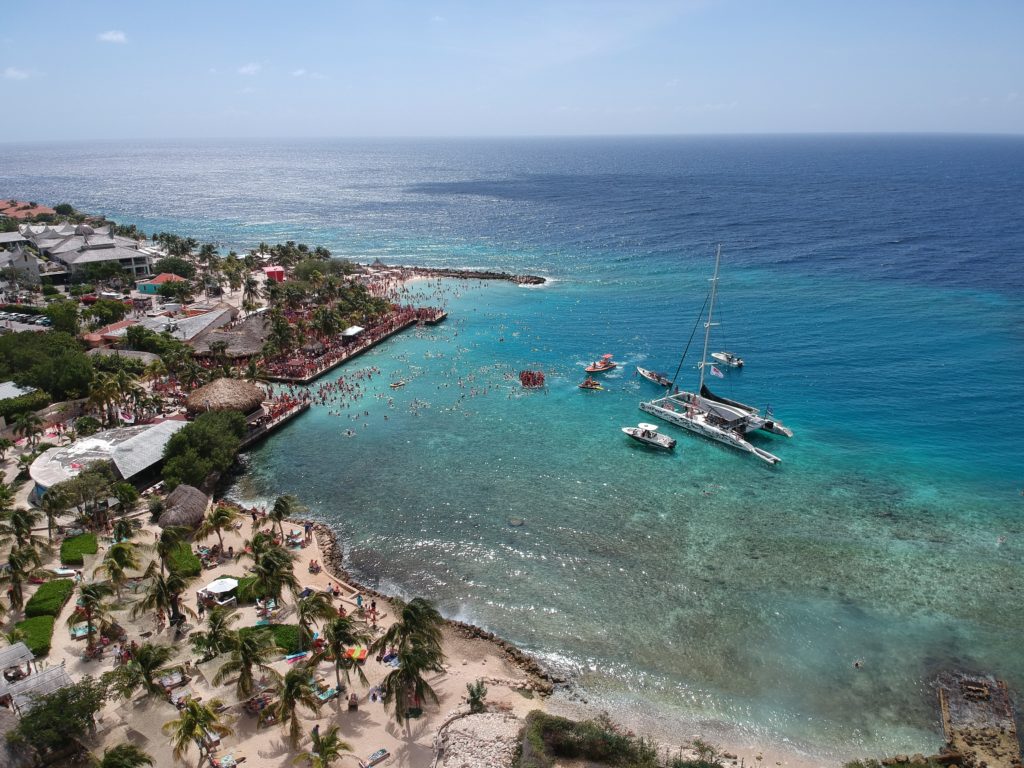
The economy of the country
The Samoan tālā is issued and regulated by the Central Bank of Samoa. In terms of its economic development, agriculture, and fishing have always been the top contributing sectors of the nation’s economy. Foreign investments, private family remittances from outside, and agricultural exports are also significant contributors to the economy of the island country. Agriculture accounts for two-thirds of all employment within the territory, providing over 90 percent of the country’s exports. Some of the exported goods include coconut cream, copra, et cetera.
Starting a tourism business in the country
Beginning a new venture in the tourism industry here may be an exciting and lucrative endeavor. You should consider the following points as you move forward:
Market research
Conduct market research to identify potential clients, the competition, and market trends. You can use this information to assess whether there is a need for tourism-related services and, if so, what kinds of tourism-related services are in demand.
Choose a market segment
One option is to concentrate on a certain market segment or category of tourism that is not generally available. This might assist separate the company from other businesses in the industry and attract new customers.
Register the business
The first step in running a successful business in any country is to register it with the appropriate authorities. One may need to get a license for the firm as well as a tax identification number.
Determine attractions
Determine which attractions and tourist destinations are located on the island. Cultural monuments, natural wonders, historical landmarks, and beautiful beaches might all fall under this category.
Create tourism bundles
Create tourism bundles that cater to the interests of the target demographic to attract more of that market. Vacations at the beach, cultural activities, outdoor excursions, and other types of tours may fall under this category.
Collaborate with local businesses
Partner with other neighborhood businesses, such as hotels, restaurants, and transportation providers, to provide all customers with an all-encompassing vacation experience.
Marketing
To advertise the tourism company and bring in new clients, one needs to devise a marketing strategy. Think about promoting the business via social media platforms, forming partnerships with travel agents, and going to travel expos and conventions.
Customer service
To develop a customer base that is both satisfied and loyal, one must provide exceptional customer service. Make sure the services to provide are provided on time and that they live up to the standards set by consumers.
Beginning a business in the tourism industry here can be difficult due to the islands’ isolated position, limited infrastructure, and dependence on tourism from other countries. Yet, it is possible to make a profit and enjoy the benefits of this endeavor if proper strategy and execution are undertaken.

